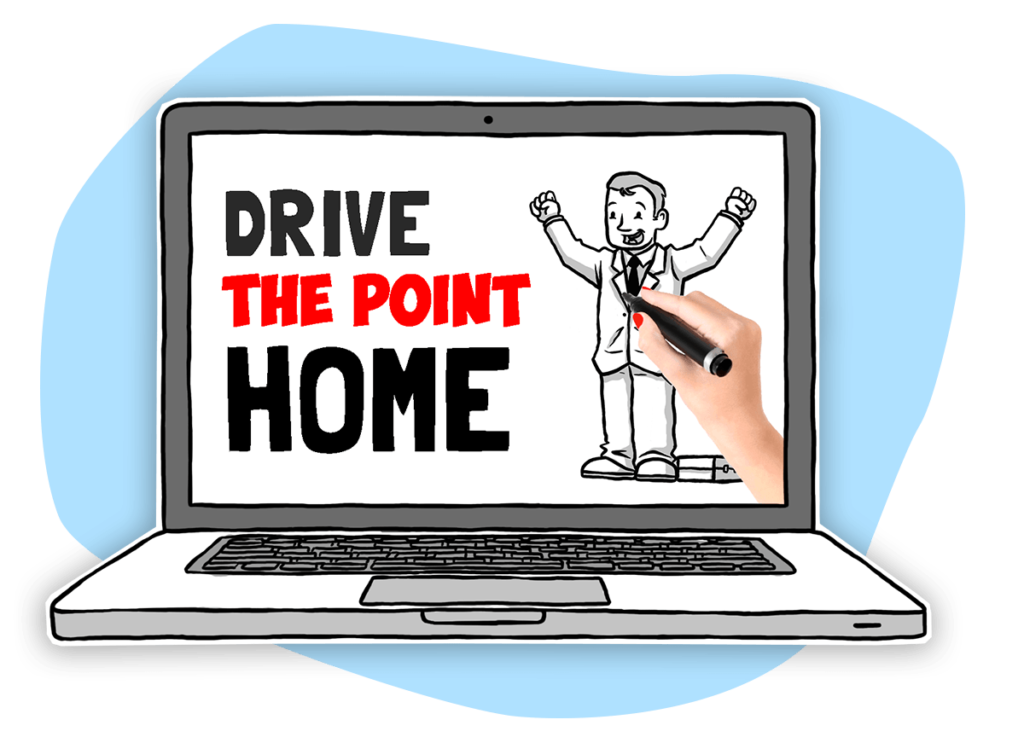Tips, Advice and Techniques on Giving a Great Sales Presentation
Statistics on Marketing and Sales Methods

One of the most common channels through which sales pitches flow is video ads.
When it comes to closing business, nothing beats face-to-face. It can clearly be seen that face-to-face selling is preferable over other methods. It has advantages such as conveying the attitude of the seller, and encourages discussion and dialogue.
However, in today’s world, digital space is how you can reach your potential customers. This is why video converts better than written copy. Alternatively, you can also use animated explainer videos if you don’t feel too comfortable in front of a camera.
Preparation When Delivering a Successful Sales Pitch

- Carry out Research. Undertake extensive research on the potential client, to ascertain their needs and desires, this is what you call a persona. Once this has been carried out, the sales pitch can then be tailored to suit these requirements, and honed to ensure the message is conveyed during the pitch that the product being sold is perfect for fulfilling the required needs.
- Product Knowledge. You must also know in thorough and minute detail the product being sold, and must be prepared for any questions that may be asked. You’ll need to anticipate questions and concerns regarding your product, so you can overcome any objections while watching or reading your copy.
- Practice Makes Perfect. Also, split testing different pitches in your ad video takes time and practice.
Advice for Presenting a Good Sales Pitch in Your Sales Video

- Enthusiasm. Talking in a monotonous voice will more than likely discourage potential purchasers. Instead, the salesperson must speak with enthusiasm, ensuring that product passion is evident during the pitch.
- Provide a Hook. Telling a story of relevant past successes or providing a memorable pledge will stimulate interest in potential purchasers and increase their curiosity in the product being sold.
- Keep Slides to a Minimum. If the presentation involves PowerPoint slides, salespeople should keep them to a minimum, ensuring that they are clear and uncluttered. Reading aloud from the slides to the audience is likely to deter them from the product and cause a loss of interest.
- Pitch Content. You should ensure that the presentation content is “80% about the client and only 20% about your company.” (“Pitching Tips”, Peter Hancock)
- Delivery Speed. Nervousness often leads to talking too fast, which can confuse potential clients who have not heard the pitch before. It can also result in poor body language, with shifting weight and reduced eye contact. Slow and articulate speech, even weight distribution on both feet and the maintaining of eye contact conveys confidence in the abilities of the salesperson and the product being sold.
- Close the Deal. The pitch is pointless if a deal is not struck, or at least a show of interest which can be followed up at a later date. The ad must ensure that once the presentation has concluded, a sale is requested – but should also beware of jumping straight to the sale during a pitch, instead of whetting appetites with a good pitch first.
Conclusion
Sales pitches are vitally important tools for cementing sales and revenues. Knowing how to deliver an effective and impressive sales pitch is vitally important for achieving this objective. Salespeople should therefore focus on pitch content, body language, and immaculate preparation in order to be successful.








